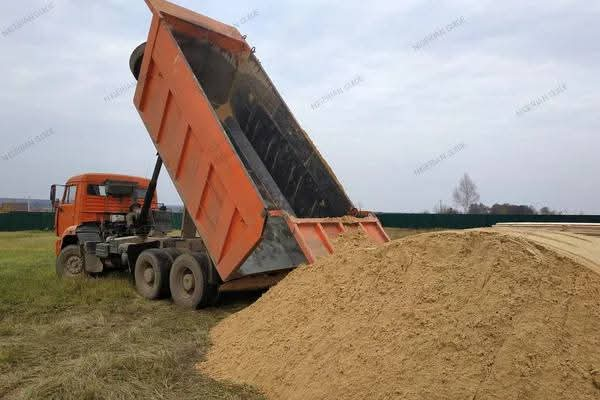Chinese growth slowed slightly in the second quarter as the world’s number two economy faced a snowballing trade fight with the United States.
The economy expanded by 6.7 percent in April-June, down from 6.8 percent in the first quarter and in line with a 6.7 percent rate tipped in an AFP survey of economists.
Despite the quarterly deceleration, growth was still higher than the annual target of around 6.5 percent set by the government.
China faced an “extremely complex environment both at home and abroad”, said Mao Shengyong, a spokesman for the national statistics bureau, noting growth remained strong.
China is facing a multi-front battle to defend its economy, fighting to cut its debt mountain while the yuan and local stock markets tumble in the face of the trade conflict.
“We should also be aware that external uncertainties are increasing and economic restructuring is in a phase of overcoming difficulties,” Mao said.
The impact of the deepening trade conflict with the United States was yet to fully kick in, according to analysts, who added however that Beijing’s battle to rein in pollution and spiralling debt levels had crimped growth.
Both Washington and Beijing slapped new tariffs on $34 billion of each others’ goods earlier this month.
Washington raised the stakes last week by threatening to impose fresh tariffs on another $200 billion in Chinese goods, with Beijing vowing it would retaliate once again.
Signs of a further slowdown are mounting.
Investment in fixed assets continued to slump in the first half of the year, slowing to 6.0 percent, down 1.5 percent from the first quarter and marking the slowest pace since data collection began in 1999.
Factory activity also slowed in June, dropping from an eight-month high.
Trade data last week provided a bright spot, showing China’s export machine held up in the face of the mounting tensions — but analysts warned the numbers may have been inflated by exporters pushing out shipments early to beat the scheduled tariffs.
The yuan, meanwhile, has been sliding, though a weaker currency might help exporters facing the US tariffs.
Beijing has indicated it would ease up on its tough fight against debt, which analysts have blamed for the growth slowdown.
China should continue making progress on that front while “maintaining stability”, Mao said.
In June, China’s central bank said it would reduce the reserve requirement ratio for most banks in an effort to free up funding for small firms. (NAN)




